10 Creative Sesame Seed Replacements for Every Kitchen Lover
Table of Contents
Introduction to Sesame Seed Replacements
Sesame seeds are a staple in many cuisines around the world, adding a nutty flavor and a bit of crunch to everything from stir-fries to baked goods. But what happens when you run out of them or need a substitute for dietary reasons? That’s where sesame seed replacements come in handy. Whether you’re vegan, allergic, or just curious about new flavors, there are plenty of alternatives that can step in without sacrificing taste or texture.
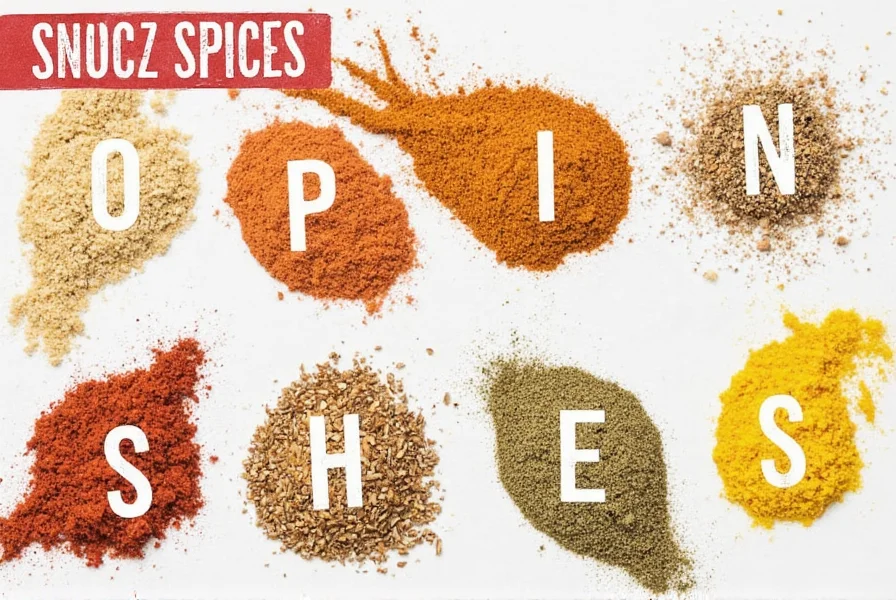
Why Replace Sesame Seeds?
There are several reasons why someone might want to replace sesame seeds in their recipes:
- Allergies: Some people are allergic to sesame, making it necessary to find a safe alternative.
- Dietary Restrictions: Vegans, vegetarians, or those following specific diets may avoid sesame for various reasons.
- Culinary Experimentation: Trying new ingredients can lead to exciting flavor combinations.
- Availability: Sometimes sesame seeds aren’t readily available, so having a backup is useful.

Top 10 Sesame Seed Replacements
Here are ten popular and effective substitutes for sesame seeds that you can try in your next recipe:
1. Sunflower Seeds
Sunflower seeds are a great alternative if you're looking for a crunchy texture and a mild, nutty flavor. They work well in both sweet and savory dishes.
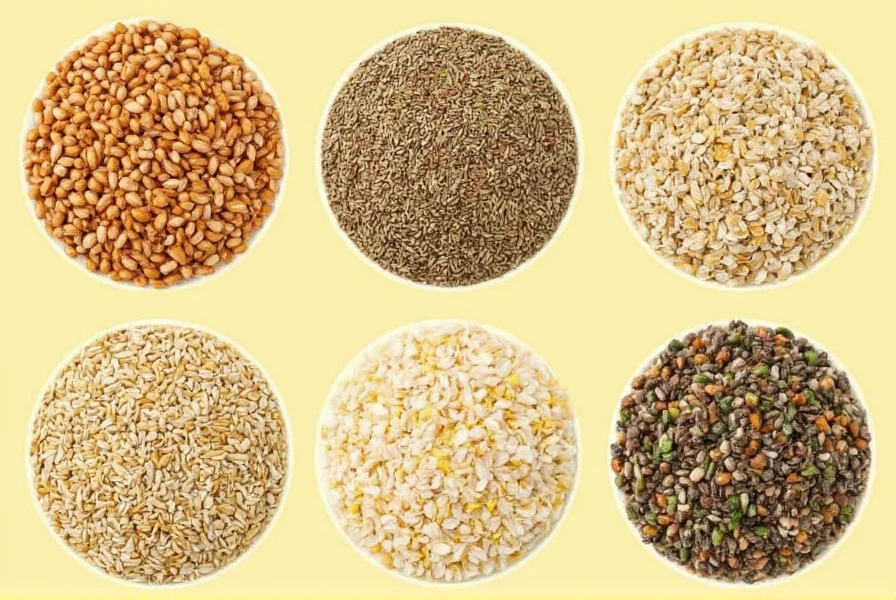
2. Pumpkin Seeds
Pumpkin seeds offer a similar crunch and a slightly sweeter flavor than sesame seeds. They’re especially good in trail mixes, salads, and granola.
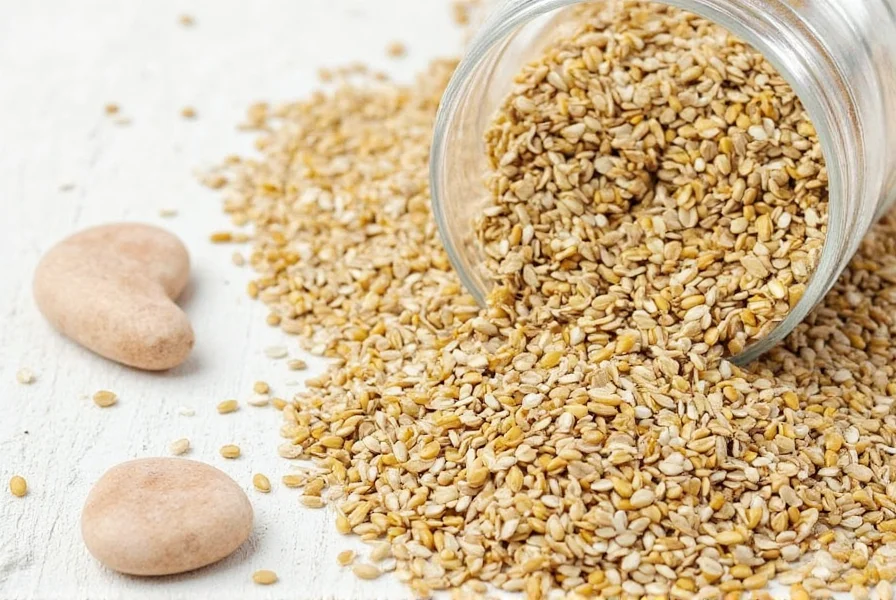
3. Flaxseeds
Flaxseeds are a nutritious option with a subtle, earthy flavor. They’re often used as an egg substitute in baking, but they also work well in recipes that call for sesame seeds.
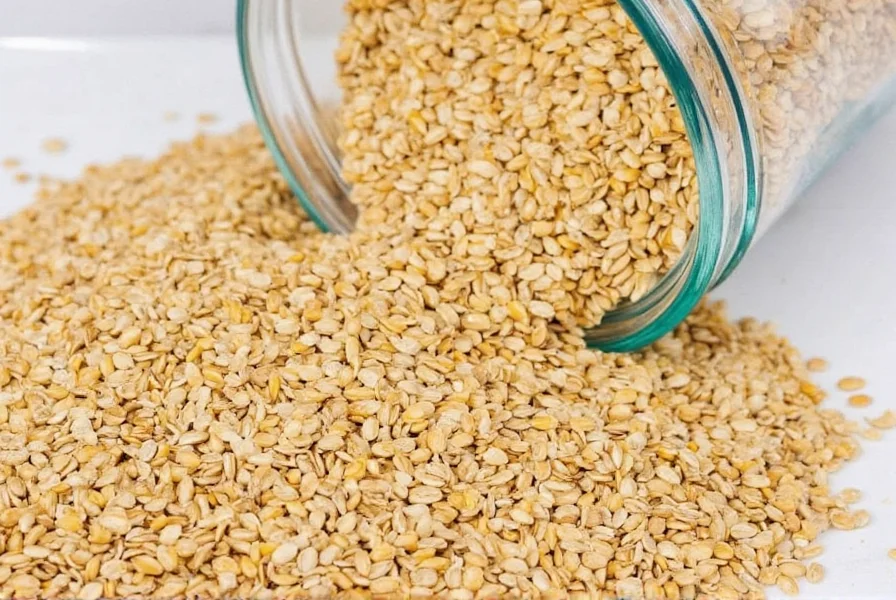
4. Chia Seeds
Chia seeds have a neutral flavor and a gel-like texture when soaked. While they won’t give the same crunch, they’re perfect for smoothies, puddings, and other soft-textured dishes.
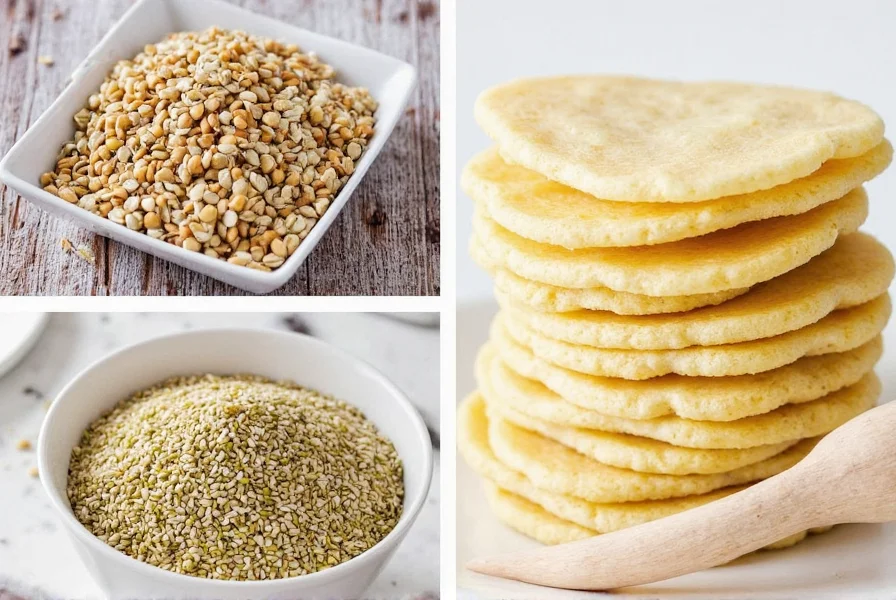
5. Poppy Seeds
Poppy seeds are smaller and more delicate than sesame seeds, but they add a similar nutty flavor. They’re commonly used in breads, pastries, and dressings.

6. Almonds (Slivered or Sliced)
Almonds provide a rich, buttery flavor and a nice crunch. They’re ideal for sprinkling on top of salads, yogurt, or desserts.
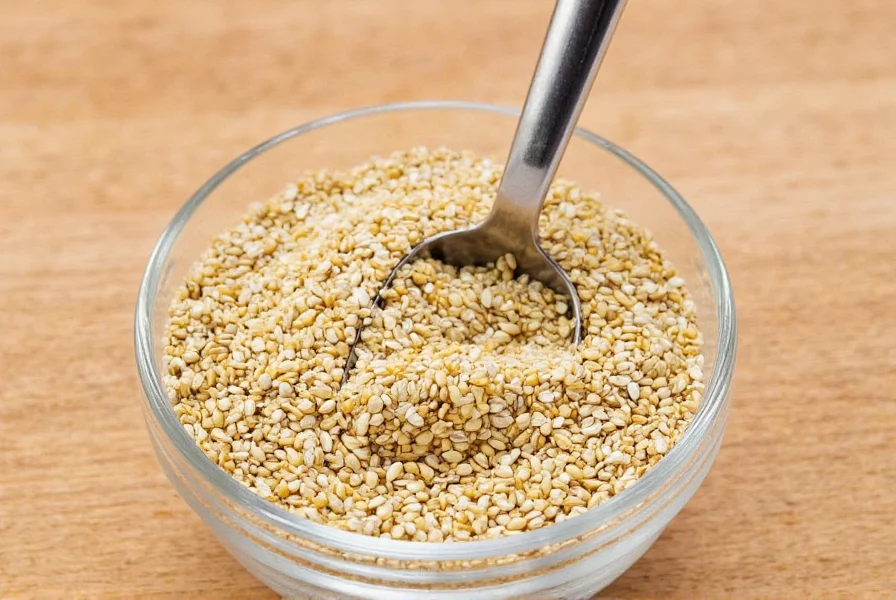
7. Cashews
Cashews are softer than most seeds, but they still add a creamy texture and a mild, sweet flavor. They work well in sauces, dips, and vegan recipes.
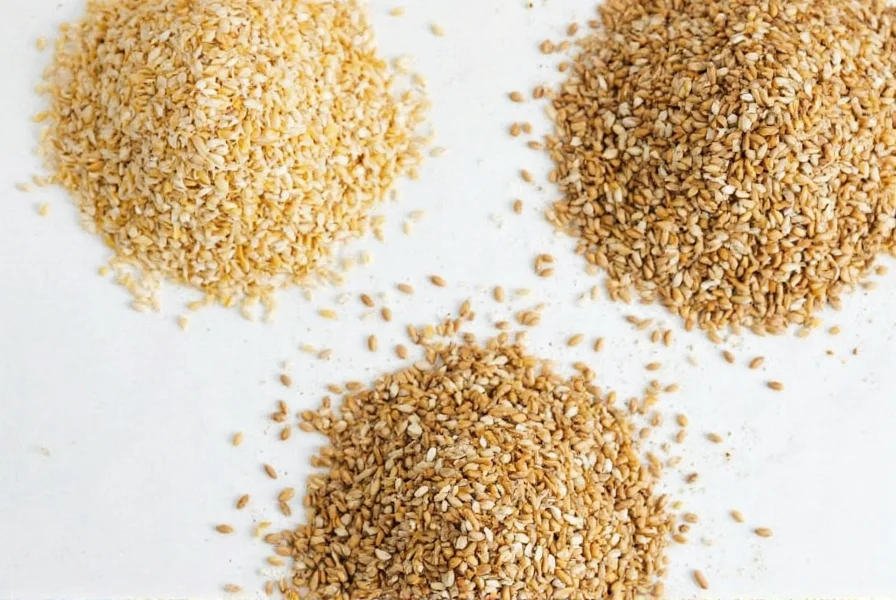
8. Hazelnuts
Hazelnuts offer a robust, slightly sweet flavor and a crunchy texture. They’re great for baking, snacking, and even in some savory dishes.
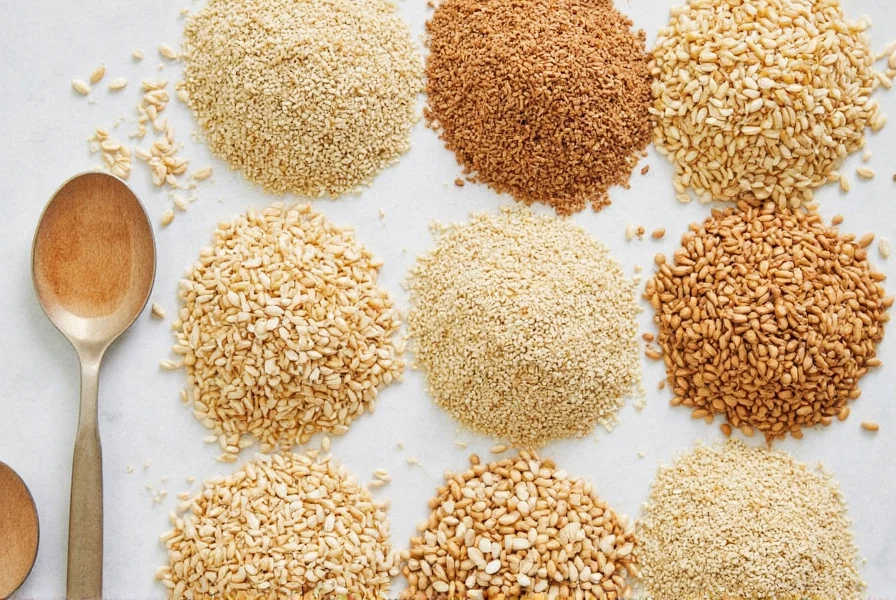
9. Sesame Oil (as a Flavor Substitute)
If you don’t have sesame seeds but do have sesame oil, you can use it as a flavor enhancer. It won’t give the same texture, but it will add that signature sesame flavor.
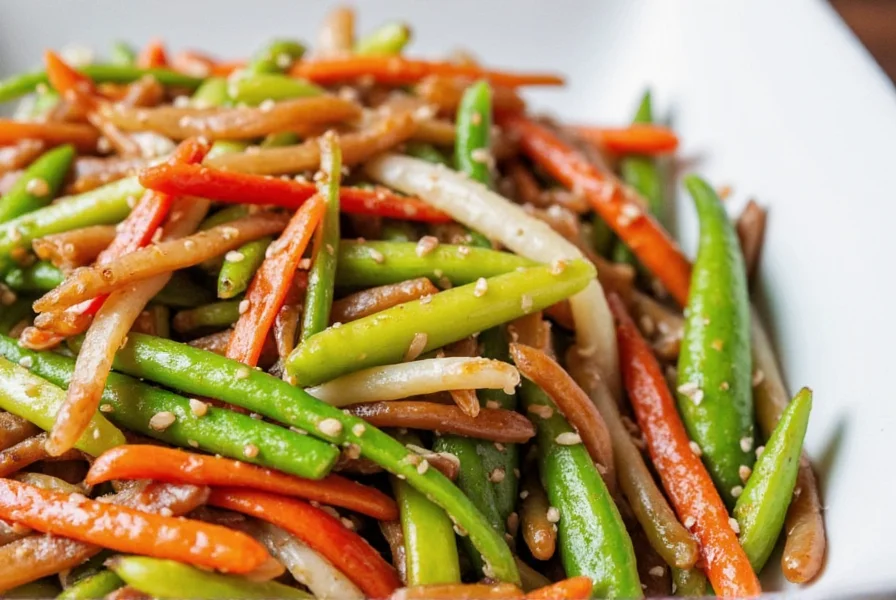
10. Tofu Crumbles
Tofu crumbles are a unique option that adds moisture and a soft texture. They’re ideal for vegans or those looking for a protein-rich alternative.
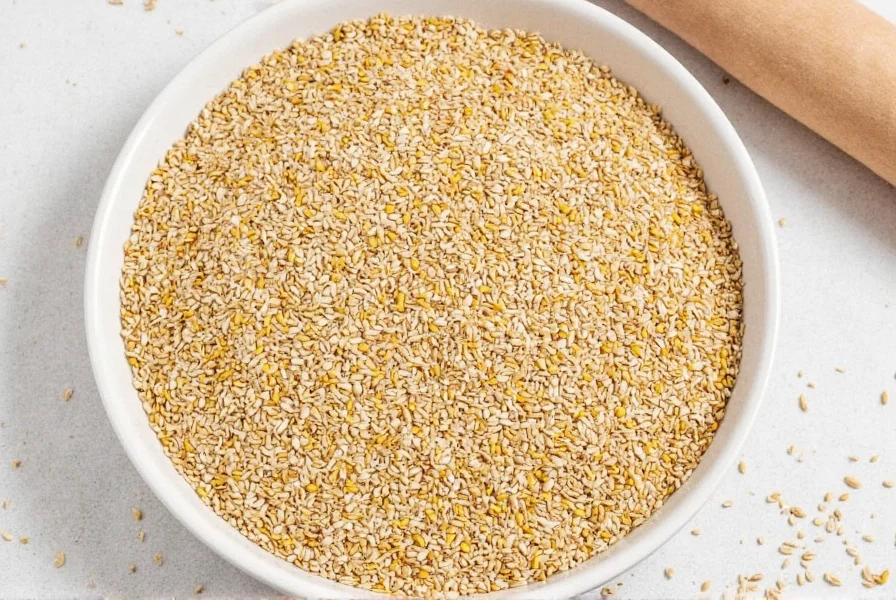
Buying Guide: How to Choose the Right Replacement
Choosing the right sesame seed replacement depends on the dish you’re making and the flavor profile you want. Here’s a quick guide to help you decide:
| Replacement | Best For | Texture | Flavor |
|---|---|---|---|
| Sunflower Seeds | Salads, Trail Mixes | Crunchy | Mild, Nutty |
| Pumpkin Seeds | Baked Goods, Granola | Crunchy | Sweet, Earthy |
| Flaxseeds | Baking, Smoothies | Soft when ground | Earthy, Subtle |
| Chia Seeds | Puddings, Drinks | Gel-like when soaked | Neutral |
| Poppy Seeds | Breads, Dressings | Small, Crunchy | Nutty, Mild |
| Almonds | Savory Dishes, Snacks | Crunchy | Buttery, Sweet |
| Cashews | Sauces, Vegan Recipes | Soft | Rich, Sweet |
| Hazelnuts | Baking, Desserts | Crunchy | Robust, Sweet |
| Sesame Oil | Flavor Enhancer | Liquid | Nutty, Strong |
| Tofu Crumbles | Vegan Dishes, Bakes | Soft, Moist | Neutral |
When shopping for a sesame seed replacement, look for high-quality, organic options if possible. Check the packaging for any added salt or preservatives, and consider the purpose of the replacement before making your purchase.
Pro Tips for Using Sesame Seed Replacements
Here are some helpful tips to make the most of your sesame seed replacement:
- Adjust Quantities: Depending on the texture and flavor of the replacement, you may need to adjust the amount used in your recipe.
- Toast for Flavor: Toasting your replacement seeds or nuts can enhance their flavor and add a nice crunch.
- Blend for Uniformity: If you’re using a seed that’s different in size or texture, blending it into a powder can help mimic the consistency of sesame seeds.
- Experiment Freely: Don’t be afraid to mix and match—some of the best discoveries come from creative experimentation!
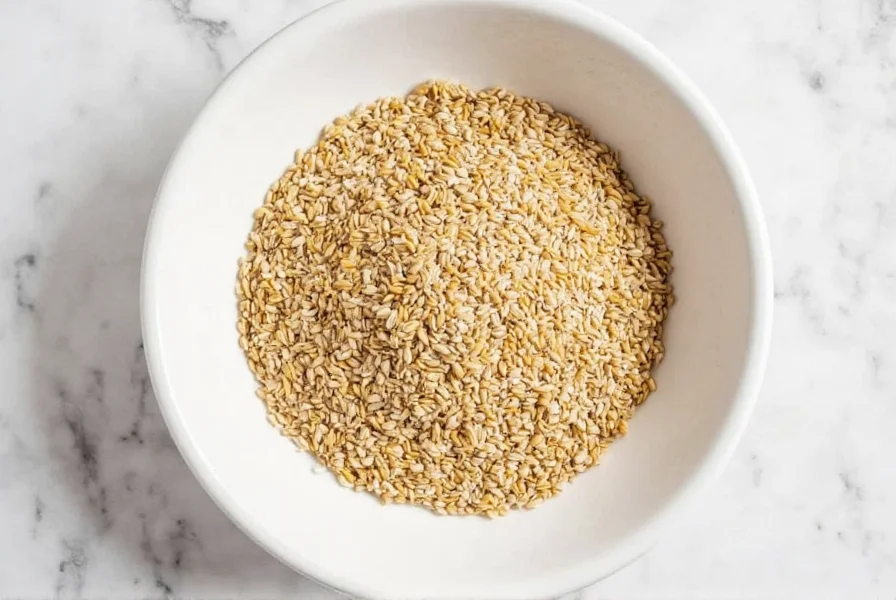
Conclusion
Replacing sesame seeds doesn’t have to be a daunting task. With a variety of alternatives at your fingertips, you can keep your meals flavorful and satisfying. Whether you're swapping for dietary reasons, personal preference, or simply to explore new tastes, these replacements offer a fun and flexible way to continue enjoying your favorite dishes. Remember, the key is to experiment and find what works best for you and your kitchen. Happy cooking!










 浙公网安备
33010002000092号
浙公网安备
33010002000092号 浙B2-20120091-4
浙B2-20120091-4